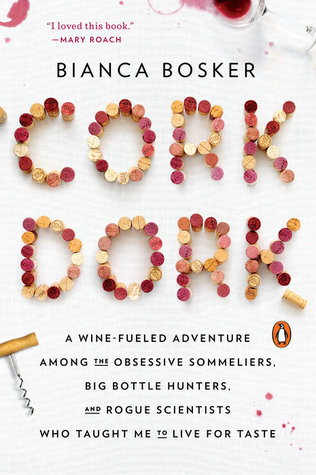More on this book
Community
Kindle Notes & Highlights
Read between
January 1 - January 15, 2019
Their job depends on detecting, analyzing, describing, and accounting for variations of flavor in a liquid that’s compound-for-compound the most complicated drink on the planet. “There’s hundreds and hundreds of volatiles. There’s polysaccharides. There’s proteins. Amino acids. Biogenic amines. Organic acids. Vitamins. Carotenoids,” an enology professor explained to me. “After blood, wine is the most complex matrix there is.”
the bottle that launched their obsession with wine. Usually, their Saul-on-the-road-to-Damascus moment arrives
Taste is not just our default metaphor for savoring life. It is so firmly embedded in the structure of our thought that it has ceased to be a metaphor at all. For the sommeliers, sensory scholars, winemakers, connoisseurs, and collectors I met, to taste better is to live better, and to know ourselves more deeply. And I saw that tasting better had to begin with the most complex edible of all: wine.
“Wine,” declared the nineteenth-century novelist Alexandre Dumas, “is the intellectual part of the meal.”
the most expensive wines on the Titanic had all been German Rieslings.
Thick, slow tears with clear definition suggest the wine has higher alcohol levels, where thin, quick tears, or wine that falls in sheets, hint at lower alcohol levels.
If you know the language, you can decipher the code. Mentioning rose and lychee is a giveaway that you’re heading for Gewürztraminer. Olive, black pepper, and meat mean you’re barreling toward Syrah. Plum? Merlot. Cassis? Cabernet.


